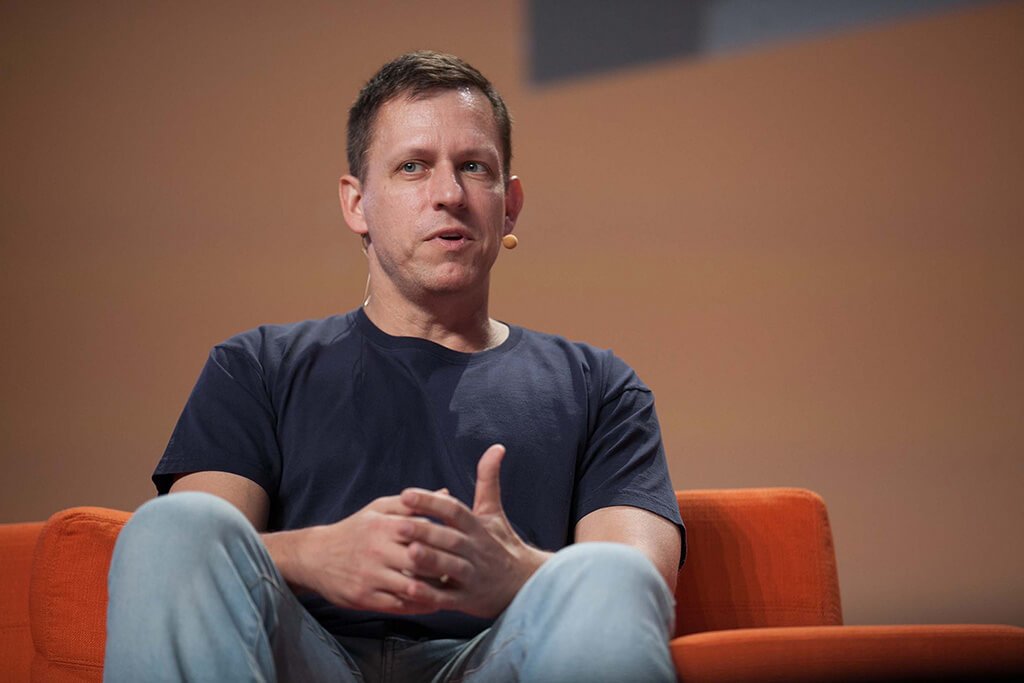
Darya is a crypto enthusiast who strongly believes in the future of blockchain. Being a hospitality professional, she is interested in finding the ways blockchain can change different industries and bring our life to a different level.
A new project for a stabilized cryptocurrency Reserve that would function “like normal money” is backed by such prominent investors as Peter Thiel, Coinbase, and others.

One of the major factors preventing widespread adoption of cryptocurrency is price instability. Volatility attracts traders seeking to capitalize on major price swings, but cryptocurrency is not seen as an effective medium to store value, pay for goods and services, or offer typical financial services such as credit loans.
To solve the biggest challenges with digital currencies, a cryptocurrency startup Reserve has been set up.
A #crypto #startup aims to bring stability to a volatile market https://t.co/lgqn8udugG @ReserveProtocol #cryptocurrency @PeterThiel @Coinbase #stablecoin #bitcoin #blockchain #technology #FinTech
— DeSota Wilson (@desota) June 23, 2018
Reserve aims at bringing stability to a volatile crypto market. Its goal is to provide a digital alternative to cash with a cryptocurrency that is relatively stable in purchasing power, fast and cheap to transfer, and impractical for criminal use. The startup is backed by Peter Thiel, Coinbase, Distributed Global, GSR.IO and 40 others investors.
Reserve CEO Nevin Freeman said:
“In addition to our big-name investors, we are working with founders and early CEOs of TechCrunch, and Betfair, the Director of Product and Revenue at Tinder, three early, high-up PayPal team members, the technical founder of a multi-billion dollar telecommunications company, two heads of major startup incubators, other influential crypto funds like NEO Global Capital, Fenbushi and PreAngel, and others like that.”
The stablecoin Reserve is pegged 1:1 to the value of USD. According to Nevin Freeman, this currency will be more than a stablecoin. Freeman describes Reserve as a full-stack open currency that is “relatively stable” in purchasing power and private in limited amounts.
Crypto-backing allows for full transparency as users can verify that the funds really are in place backing their stablecoin tokens, and also allows for decentralization. “We think that for a cryptocurrency to be truly censorship-resistant in the long term, it has to be decentralized,” Freeman said.
In its first round of funding, Reserve raised $5 million.
“The reason we’ve gone through all the effort to design another stablecoin protocol is that we are convinced that all of the existing attempts are likely to fail as well. Leaders of the crypto ecosystem have been aware of the need for a stablecoin for years. The financial incentive to create the winning stablecoin is immense,” Freeman said. He also clarified what distinguishes the Reserve protocol from other stablecoin crypto projects.
“The key piece of the Reserve approach is to use cryptoassets from outside of our own ecosystem to maintain a peg, especially at the start. The problem with supporting a peg via cryptoassets that are all within a stablecoin’s smart contracts is that loss in confidence in that particular stablecoin can spiral out of control. We’ve worked hard to make that as unlikely as we can,” he explained.
The project seems to be prosperous, however, is has met significant criticism from the community because the crypto assets backing the stablecoin are themselves inherently volatile, the capital required to collateralize is very high — often two or three times more than the market value of the stablecoins — making this a capital-inefficient method.
Describing the risks behind Reserve, Freeman said:
“There is still a tail-risk that in a black swan event these assets could lose nearly all of their value, and that’s why we aim to create a diversified pool through securitized assets.”
Reserve is not the first stablecoin on the market. Tether is currently surrounded by numerous disputes after it has issued 250 million of its eponymous tokens and has become one of the world’s 10 largest cryptocurrencies.

Darya is a crypto enthusiast who strongly believes in the future of blockchain. Being a hospitality professional, she is interested in finding the ways blockchain can change different industries and bring our life to a different level.